This is the end of the live tutorials. Saturday, Julien Bondia offered a last live in which he tackled the volley at padel.
A big thank you to everyone for having followed and especially actively participating in the tutorials padel that we have made in recent weeks live on our Facebook page. Thank you all for your comments and questions.
However, the adventure does not end because you can continue to ask your questions directly on the Facebook page of Padel Magazine, on that of Julien Bondia or on the Instagram page JulienBondiapadel. Questions that will be answered in writing or through explanatory videos. It's your turn…
On Saturday, the topic discussed was the volley padel. One of the most used blows in our sport because it allows us to gain the psychological advantage over our opponents. Whether it is of attack or preparation, it is a blow which is very different according to the moment, the height and the place of impact.
"At padel, it is forbidden to make a mistake on the serve, on the return, and on the first end! ”
This exclamation will allow you to build your match as well as your points. The first end, what does that mean? This can be immediately after the service, or during the point. You realize a bandeja or a smash, the next end is considered as the first end. It must always enter the field, if you apply this rule, your game will be more efficient.
Technical
- The waiting position will be higher than that at the bottom of the track. Pala in front of us, at chest height.
- As always, as soon as the ball is touched by our opponents, we will make a recovery of support, this little jump which allows us to have the same reaction time to the right or to the left.
- During the preparation, the elbow will pass close to our body.
- The preparation will be short, the pala slightly in front of us, the sieve facing towards our adversaries.
- The top of our pala should always be above our wrist.
- The non-dominant hand will be used for the balance of the body, and during the preparation, for the orientation of our ball.
- Leg work is important. We will have to end up on tiptoes and bent legs to increase control over the ball.
- The front foot will come to rest on the ground at the moment of impact with the ball for volley placed.
- The end of the gesture will be on the plateau, if possible above the level of the net.
This technique is the one we use for forehand and backhand volley, precisely.
Fast, attacking volley.
The moment comes during a point, where you gain the upper hand over your opponents. You manage to get them out of their comfort zone and you can finally give your ball more rhythm. What to do ?
- The preparation will be greater.
- The ball will be given more effect with a pronation of the wrist at the time of impact.
- We will impact the ball before putting the front foot on the ground.
The advantage of varying speeds?
Varying typing speeds allows you to access all stages of play and point preparation.
A slow ball with a quasi-neutral effect will allow you to place the ball with precision and above all will give you time to replace yourself correctly in the net between two shots.
A medium speed ball will be done with the basic volley technique but adding effect at the moment of striking. This will allow you to continue the preparation, to be always precise, but to vary the rebound of your balls as well as the depth. Here it will be necessary to accelerate the footwork to regain position more quickly.
Finally, the fastball will be used when the hole is created. This flight must be followed by getting a little closer to the net.
The direction
Getting the ball right is important for the rest of the point. How to choose the best direction? It depends on a large number of factors and above all it depends on each one. But, depending on where you hit the ball, it is safer to play towards such or such zone:
- A flight impacted in front of you will be easier in the cross direction.
- An impacted volley at body height will be effective in the center.
- A volley impacted slightly behind the body will be ensured if it is played in parallel.
The preparation of your points involves organizing your flights. Do not rush. Take the time to move your opponents forwards, backwards, to the sides, have them play in front of them or behind them, with the windows etc ... you will become much more precise in your game and the result will not be long in coming . Give your volley curves, do not play them all in a straight line, be cuddly with the ball, do not try to hurt it each time you touch it, and above all learn to let your pala work.
Last advice: Find the correct net waiting position. A good comfort zone allows you to volley properly, cover angles and avoid lobs.
@+
https://www.facebook.com/PadelMagazine/videos/277365163443477/?t=0
Julien Bondia is a teacher of padel in Tenerife (Spain). Columnist and advisor, he helps you play better through his tutorials and tactical/technical articles padel.




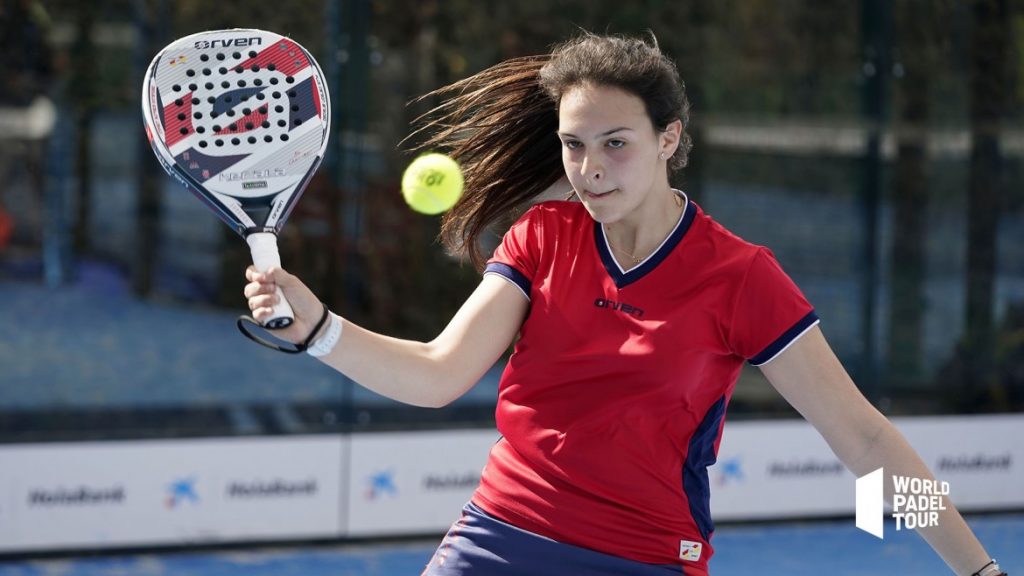

















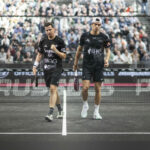














































































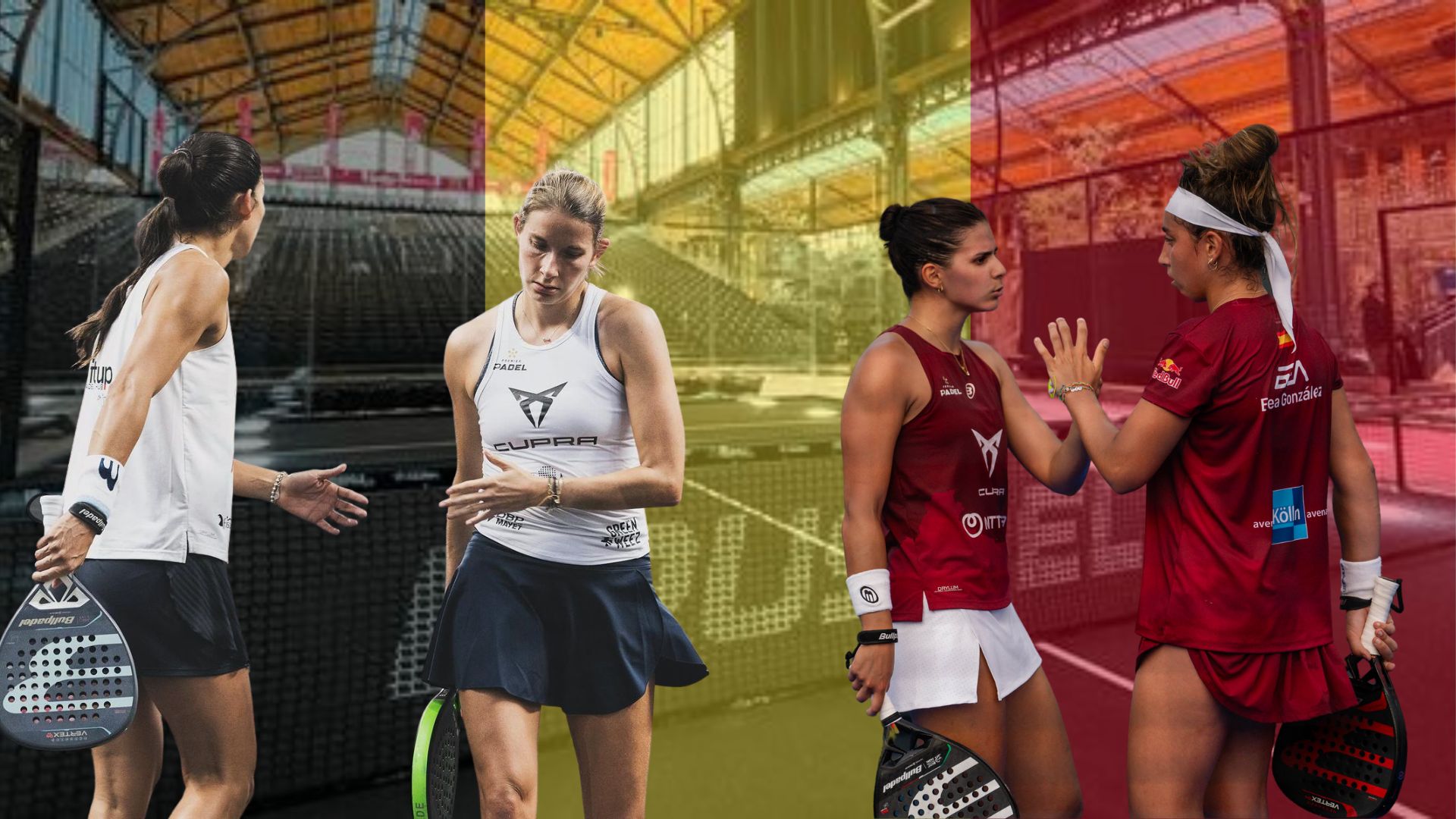 Premier Padel Brussels P2 – Alix Collombon and Julieta Bidahorria tackling the Brea/Gonzalez mountain
Premier Padel Brussels P2 – Alix Collombon and Julieta Bidahorria tackling the Brea/Gonzalez mountain Guillaume Codron: “South Padel, a family project”
Guillaume Codron: “South Padel, a family project” Gilles Moretton: “We will be able to put the padel at the level of tennis”
Gilles Moretton: “We will be able to put the padel at the level of tennis” Nallé Grinda: “Democratize the padel in the USA with PadelX "
Nallé Grinda: “Democratize the padel in the USA with PadelX " Simon Boissé: “We know that there are two nations in front of us”
Simon Boissé: “We know that there are two nations in front of us” Marie Maligo: “This period of frequent changes of partners was beneficial for me”
Marie Maligo: “This period of frequent changes of partners was beneficial for me” Two P1000 doubled prize money approaching!
Two P1000 doubled prize money approaching! José Manuel Escin at the inauguration of Casa Padel DOS: “Finally, and thank you!”
José Manuel Escin at the inauguration of Casa Padel DOS: “Finally, and thank you!”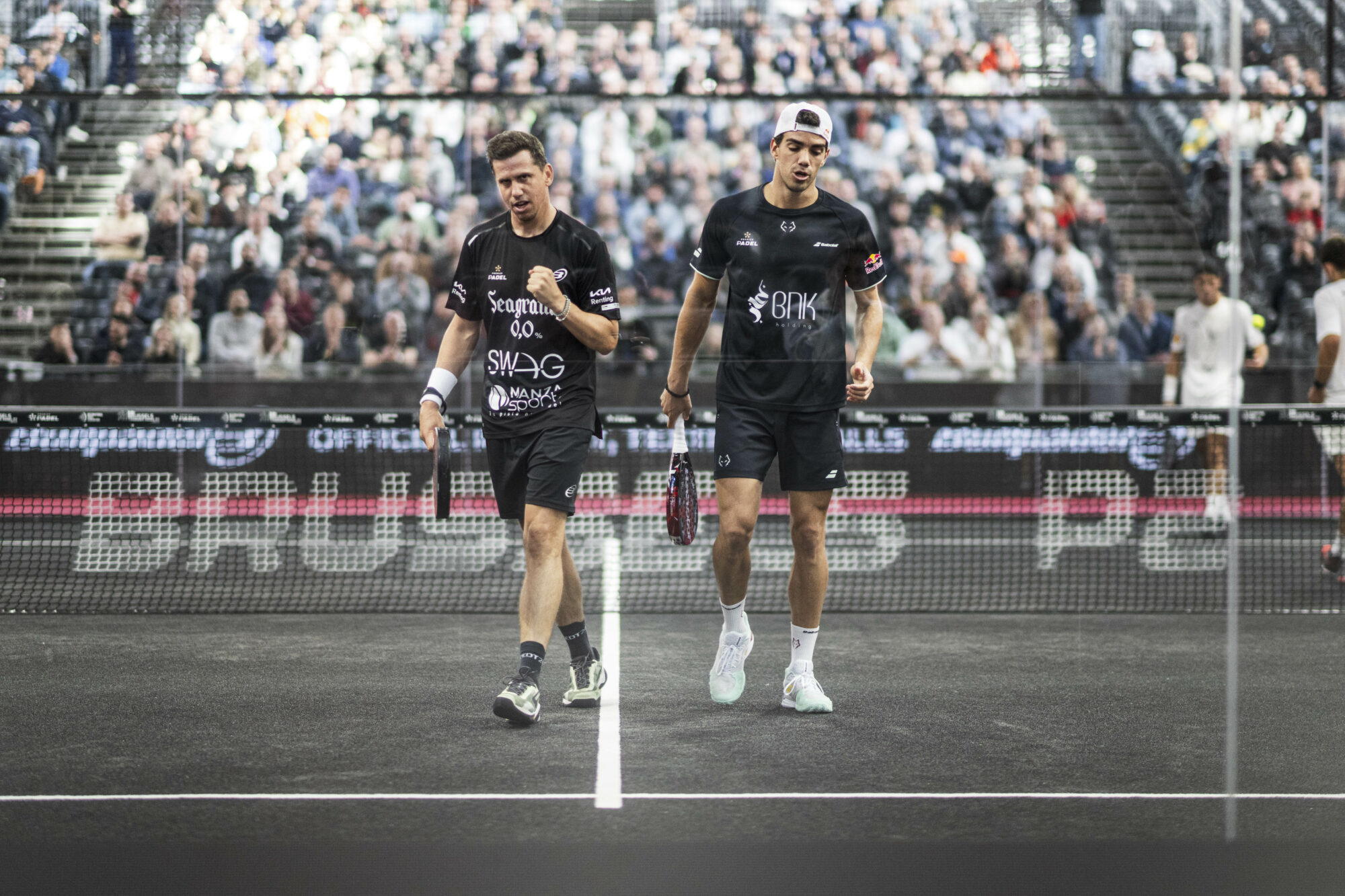 Premier Padel Brussels P2 – Paquito Navarro and Juan Lebron went through all the emotions…
Premier Padel Brussels P2 – Paquito Navarro and Juan Lebron went through all the emotions…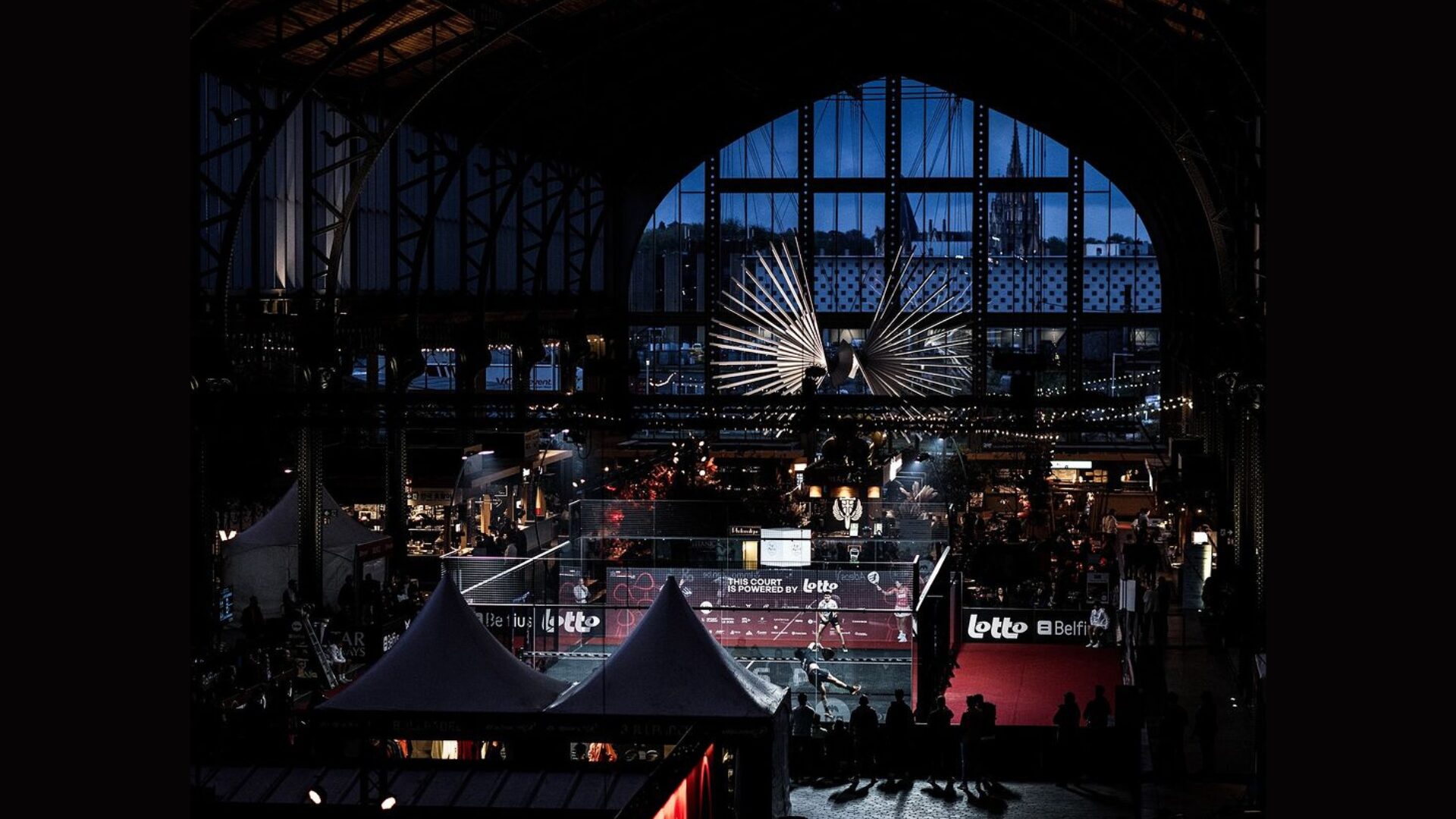 Premier Padel Brussels P2 – The eighths live
Premier Padel Brussels P2 – The eighths live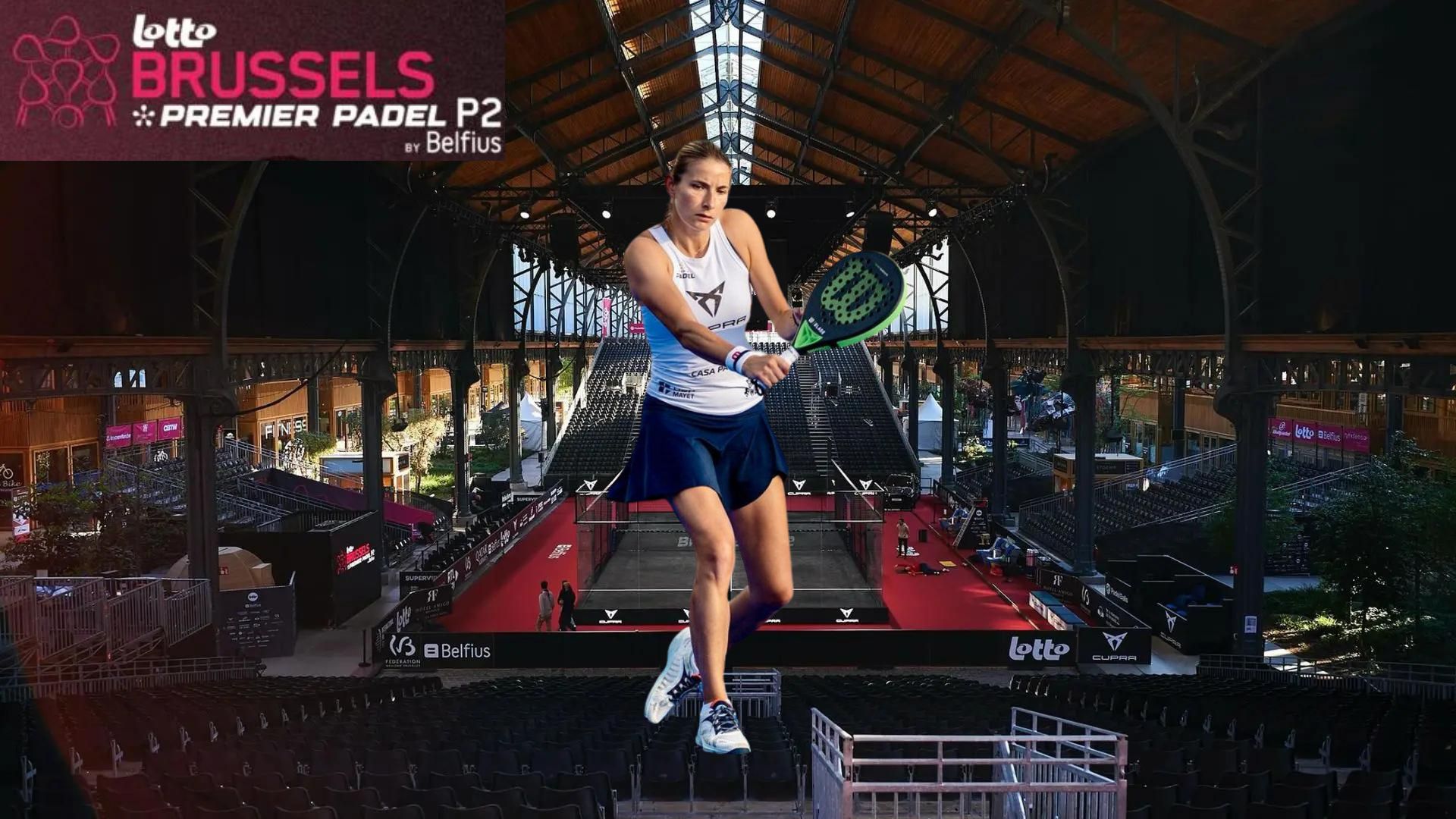 Premier Padel Brussels P2 – Collombon and Bidahorria qualified for the second round
Premier Padel Brussels P2 – Collombon and Bidahorria qualified for the second round Padel Score comes to Tahiti for American Express Padel Cup!
Padel Score comes to Tahiti for American Express Padel Cup! Do you know the Rafa Nadal Academy Tour?
Do you know the Rafa Nadal Academy Tour? Play at padel on his yacht? Possible for €233.000!
Play at padel on his yacht? Possible for €233.000! Our Top 10 training courses padel in France and Europe
Our Top 10 training courses padel in France and Europe At the heart of padel – Episode 25: Paul and Andoni answer your questions
At the heart of padel – Episode 25: Paul and Andoni answer your questions Tactical padel – What to do when faced with players who systematically stay at the bottom?
Tactical padel – What to do when faced with players who systematically stay at the bottom? The basic tactics of padel
The basic tactics of padel At the heart of padel – Episode 25: Paul and Andoni answer your questions
At the heart of padel – Episode 25: Paul and Andoni answer your questions At the heart of padel – Episode 23: defend the window well
At the heart of padel – Episode 23: defend the window well Prohibition on playing topless Padel : the reasons
Prohibition on playing topless Padel : the reasons FIP Tour – Going far from Europe, THE strategy to earn points!
FIP Tour – Going far from Europe, THE strategy to earn points! What is a good football player? padel ?
What is a good football player? padel ? “Lefties give me headaches when I play against them!”
“Lefties give me headaches when I play against them!” At the heart of padel – Episode 14: how to earn points in winter?
At the heart of padel – Episode 14: how to earn points in winter? A par 4 is always a winner...even if you manage to defend it!
A par 4 is always a winner...even if you manage to defend it! Carbon fiber VS fiberglass: what to choose?
Carbon fiber VS fiberglass: what to choose? How to effectively test a racket padel ?
How to effectively test a racket padel ? La padel to fight Parkinson's disease
La padel to fight Parkinson's disease Don't play with a cracked or broken racket, your body will thank you!
Don't play with a cracked or broken racket, your body will thank you! Michel Cymes: “The padel, physically, it’s serious!”
Michel Cymes: “The padel, physically, it’s serious!” Jeremy Gala: “Promote the padel among young people in Belgium remains a challenge”
Jeremy Gala: “Promote the padel among young people in Belgium remains a challenge” The French Touch Academy organizes its selection day Padel-Study
The French Touch Academy organizes its selection day Padel-Study Report on the detection and training of younger generations
Report on the detection and training of younger generations